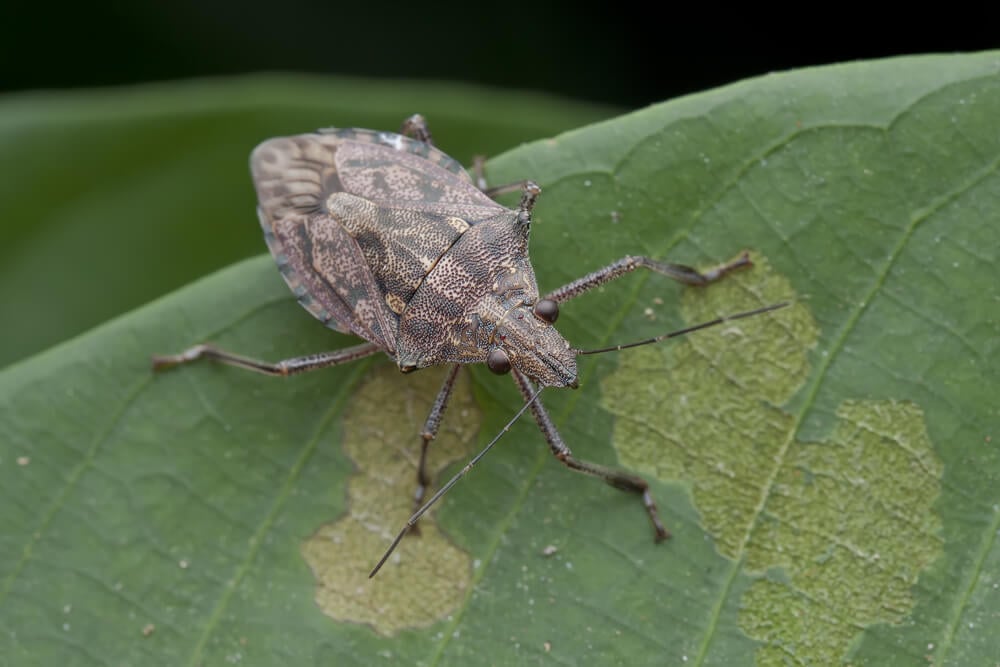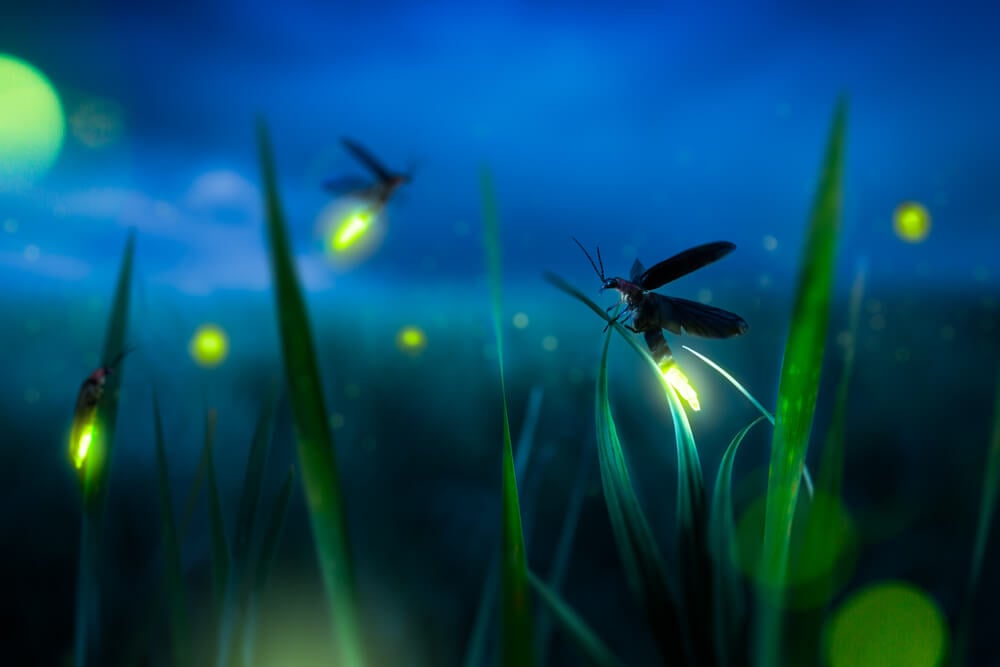
Even if you’re the sworn enemy of all things bug, you have to have a soft spot for fireflies. They’re harmless, pretty, and they remind you of summer. What’s not to like? When you think about it, though, aren’t fireflies a little… weird?
If you’ve read any of our other bug-based blogs, you know that nothing in the bug world happens without a reason. But what reason could fireflies possibly have for lighting up at night? It doesn’t seem like a great way to stay alive, certainly. Come to think of it: how do they light up at night? If you’ve ever watched fireflies twinkling in the distance on a calm summer’s night and thought, “hey, wait, why are they doing that?”, this blog’s for you.

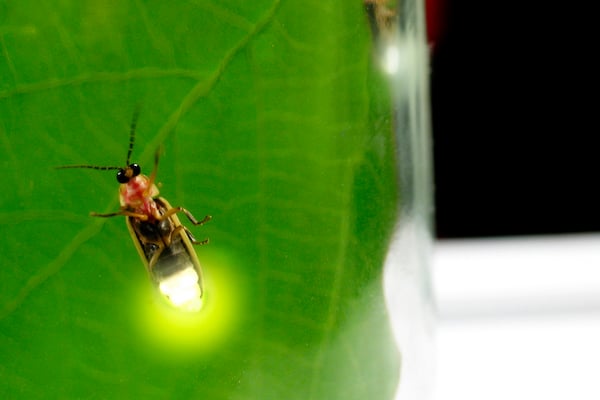 How It Works
How It Works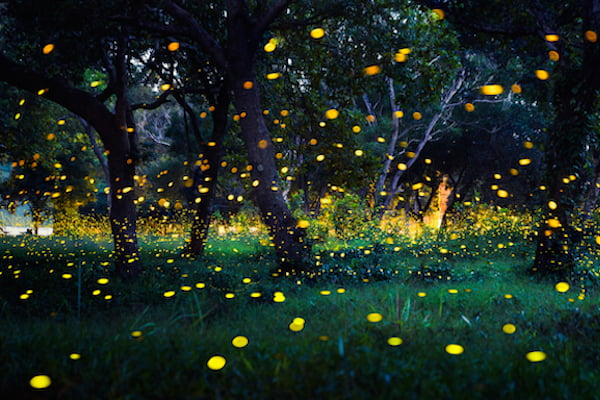
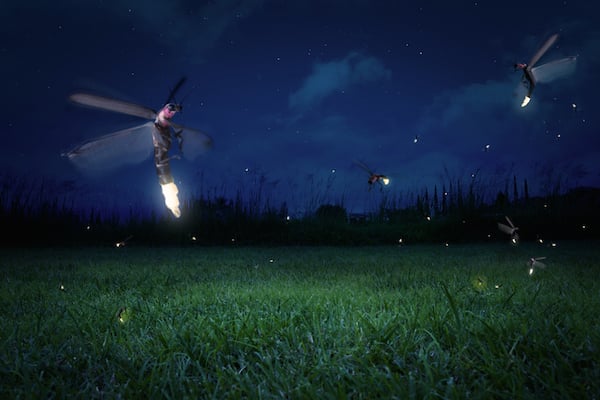 When They Do It
When They Do It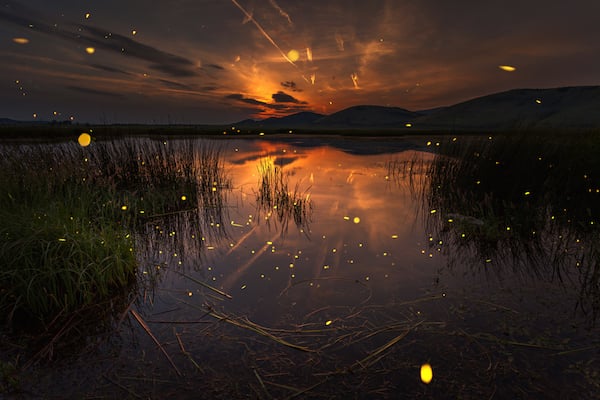 Where You Can See It
Where You Can See It
